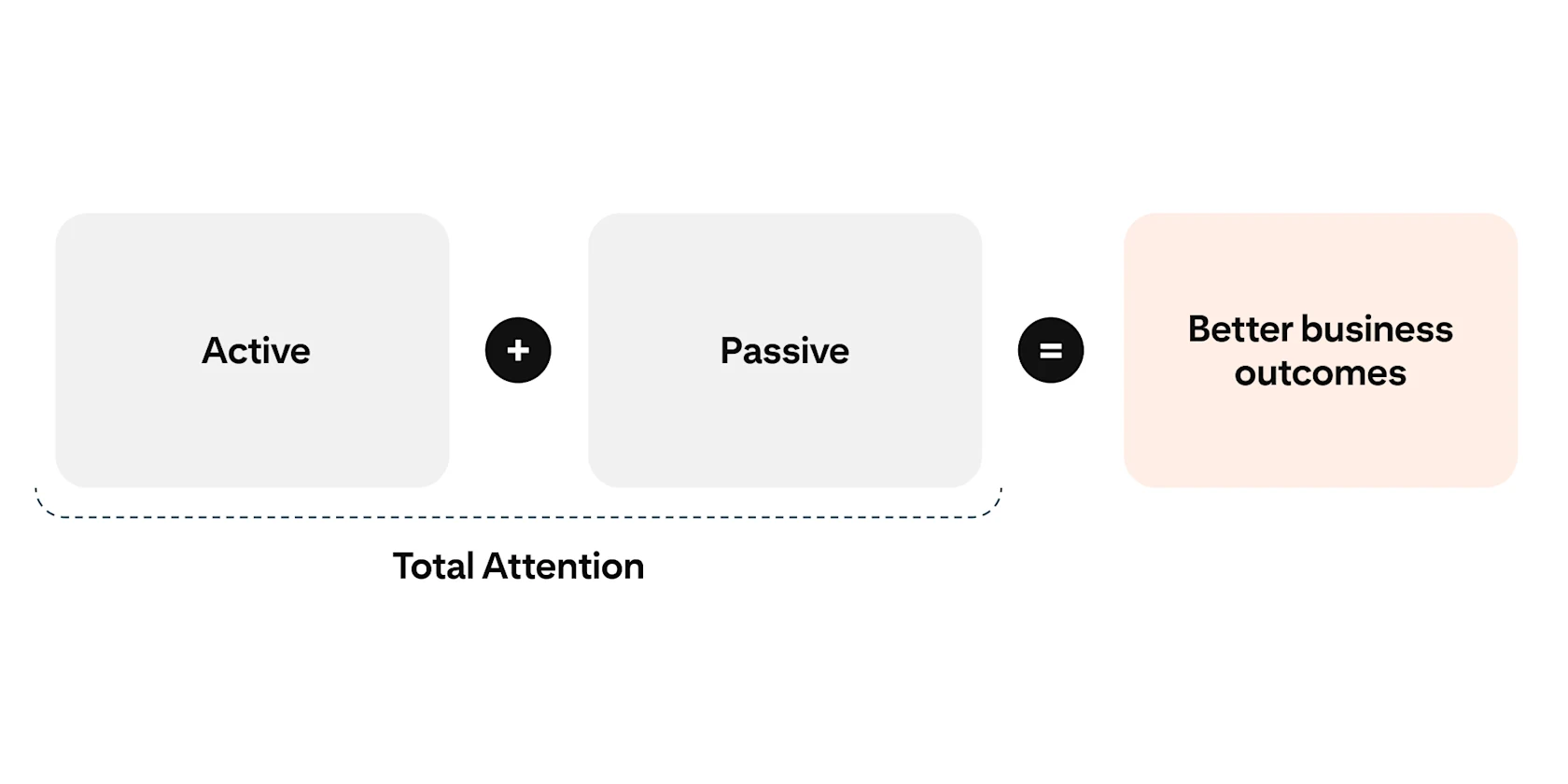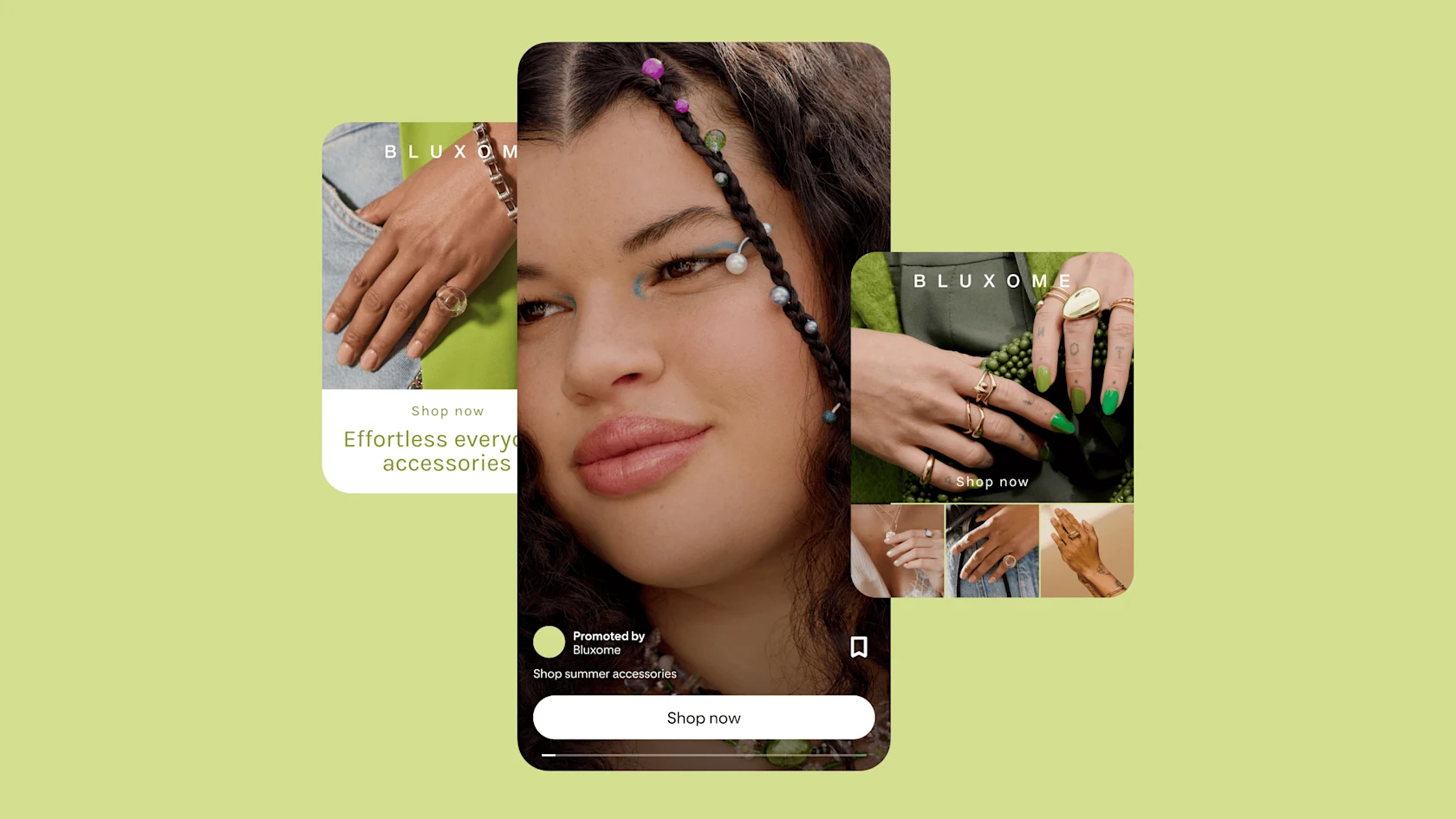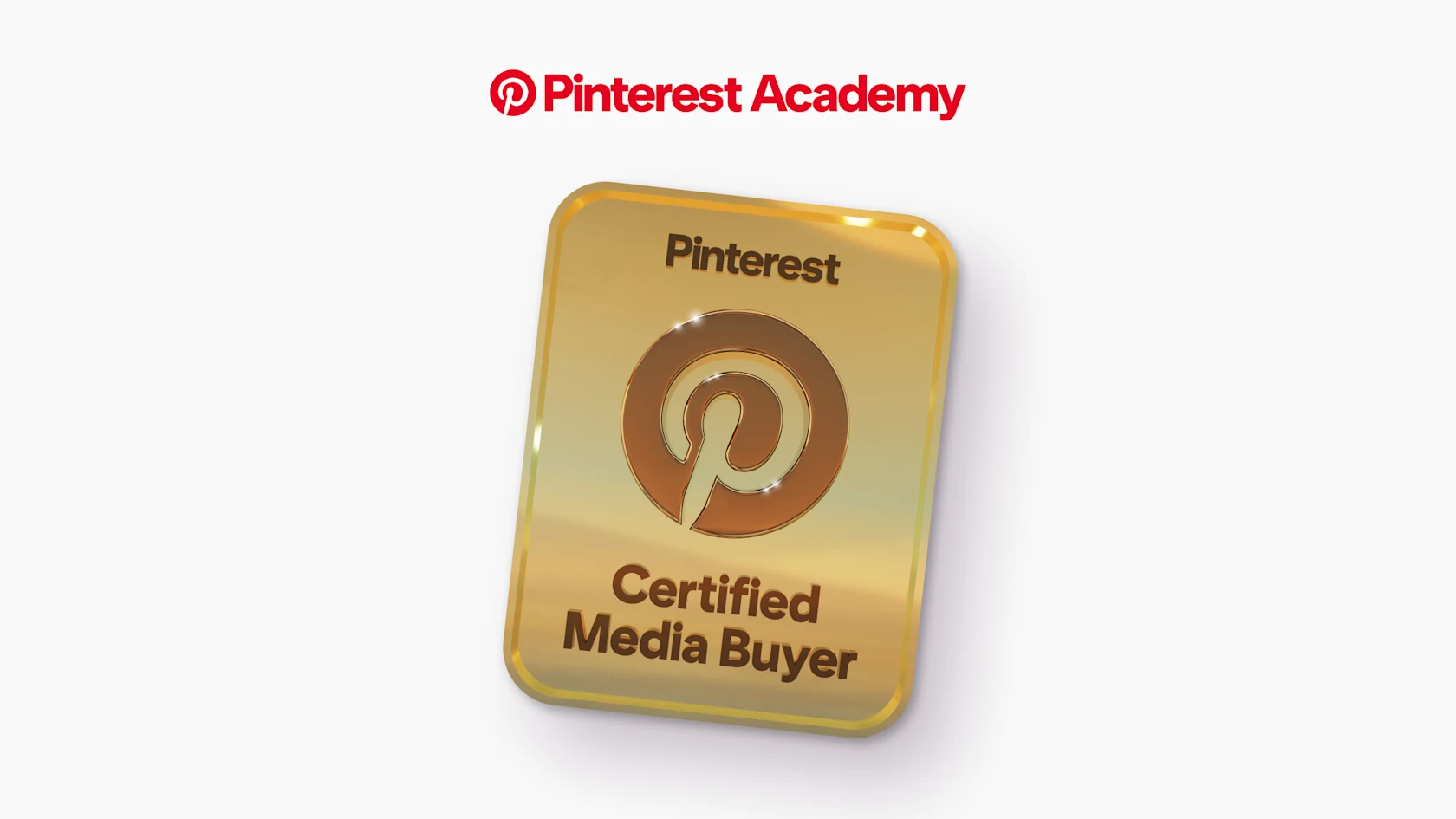Attention, please: Unlock the potential of Total Attention
4 June 2024 — Stacy Malone, VP, Global Business Marketing at Pinterest
Our world is full of distractions, from phone notifications and deliveries, to dogs barking in the background of a conference call. These distractions pull people away from their main focus, and fight for our attention. Brands often believe that breaking through the noise means being the loudest in the room. But modern marketers already know: Attention is more complex than you might think.
To dig deeper, Amplified Intelligence (founded by the globally acclaimed researcher in media science, Dr Karen Nelson-Field) studied how consumer attention patterns impact marketing results and discovered that in today’s changing media landscape, the way we think about success has to change, too. There are actually multiple schools of thought around attention—and optimising for loudness alone can mean leaving value on the table.
Understanding the difference between Active and Passive Attention
Amplified Intelligence uses advanced techniques such as eye tracking and device usage to measure how people consume information. In the study, a metric titled 'Total Attention' proved paramount. Total Attention combines the two main ways that people engage with information around them: Active Attention and Passive Attention.
You’re probably more familiar with Active Attention, as it’s more commonly discussed. Active Attention is conscious focus, produced by tactics such as big TV moments or high-impact digital sponsorships. But the study showed that Passive Attention is equally important. Passive Attention is more subconscious, such as someone listening to background music while doing another activity. From a marketing perspective, passive tactics aren’t quite as obvious, but they can still drive meaningful outcomes.

Active Attention tactics are hard to ignore—they require conscious focus.

Passive Attention tactics subconsciously reinforce your marketing message.
For brands, there’s a constant cycle of introduction and reintroduction as people come across your messages and products over time. Active Attention strategies help you to break through, because they can’t be ignored. They provide that spark of awareness, teaching people something that they didn’t know. Meanwhile, Passive Attention tools are constant reminders. They reinforce something that’s already been learnt and keep your brand top of mind during the broader decision-making process.
People shift between Active and Passive Attention modes all day, without even realising it. So rather than choosing an approach that captures one type of attention, build a strategy that plans for both.
Key point
People are constantly switching between two types of attention: active and passive. Accounting for both modes helps to make your media plans stronger.
Plan for both kinds of attention
Amplified Intelligence’s study also analysed the impact of passive and active marketing tactics on campaign outcomes. Both types of tactics proved meaningful in driving actions such as site traffic, but their dynamics were slightly different.
While active strategies were more expensive, Passive Attention techniques were more efficient. The study looked at a metric called ‘attentive seconds per dollar ($)’, or the amount of seconds that people paid attention to a particular ad for each $ spent. Ultimately, media plans targeting Passive Attention drove 6.7x more attentive seconds per $, compared to strategies targeting Active Attention.1
That efficiency helps to make your media strategy more robust. Critically evaluate, does your current media split allow you to capture both active and passive in one place.

Key point
Think about the interplay between how attention strategies impact both your audience and your budget. Aiming for Total Attention helps to make your media strategy and budget work harder.
What attention looks like on Pinterest
Amplified Intelligence’s research compared outcomes across platforms to see how Total Attention comes to life. We were excited to see that across the platforms studied, Pinterest drove 170% more Total Attention compared to other platforms.2
more Total Attention compared to other platforms2
more Passive Attention than other platforms3
slower scroll past ads on Pinterest5
Passive Attention plays a big part in this, with Pinterest ads delivering 7.3x more Passive Attention than other platforms in the study.3 A big reason for this is, quite simply, that people enjoy the content on our platform.4 And that’s by design. We want people to feel good on our platform, so we’ve created a place that inspires people to take action in their own lives. And when they come to Pinterest, they’re taking their time, scrolling 1.5x more slowly past ads on Pinterest, compared to people on other platforms.5
Active Attention strategies include flashier formats like video.
Passive Attention strategies include more subtle formats, like static images.
Act on the insights
Attention amplifiers are levers that help to increase the attention a specific ad receives. In the study, advertisers that leveraged attention amplifiers nearly tripled the attention that they achieved for their ads on Pinterest, compared to brands that didn’t use these tips.6 Here are two amplifiers that you can start using on Pinterest today to boost attention and deliver positive outcomes for your brand.
Put your content in context
When ads are in a relevant context—such as showing a handbag ad among fashion content—Active Attention has been shown to increase by 60%.7 That’s because when people are in the right frame of mind, they’re less likely to be distracted. No matter what platform you’re using, optimise for ad placements that best suit your product or service. On Pinterest, this type of contextual targeting is built in, and can be further refined through interest and keyword targeting.
Make your creative (and customers) happy
Ads that produce stronger emotional responses can amplify attention by 50%.8 And specifically, happy creative means more attention. In the study, ads with a high concentration of happiness and surprise drove more total attentive seconds than ads with a low concentration of happiness and surprise.9
If you take one thing with you today, remember: There’s power in Passive Attention. Make sure your team is planning for a holistic attention strategy, with tactics that speak to both Passive and Active Attention. One day the industry will standardize on an attention metric—but in the meantime, understanding Total Attention is your competitive advantage.


